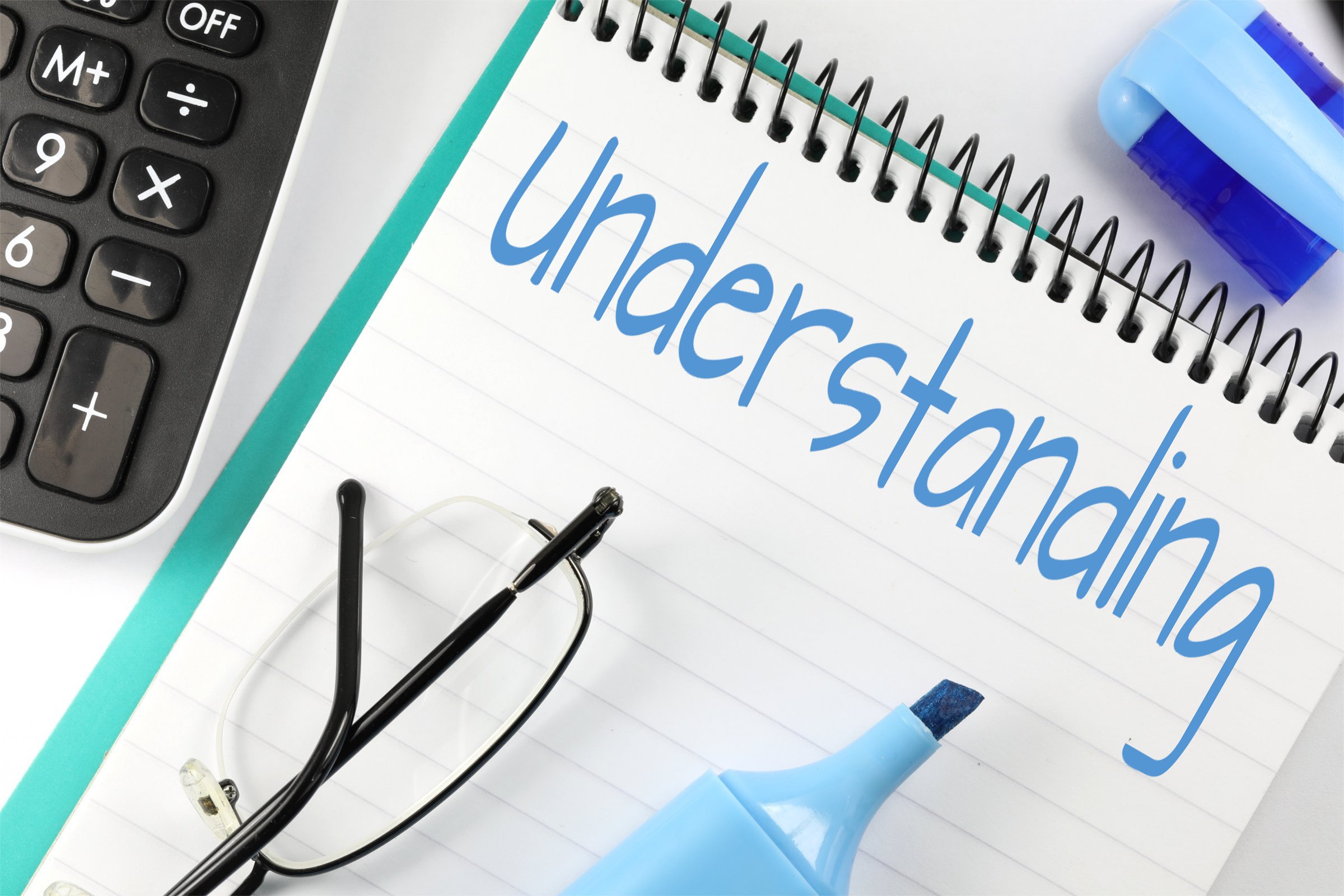

Close

Step into the world of project management and you will find it teeming with a myriad of tools aimed at making your life as a project manager simpler and more streamlined. One such indispensable tool is the Gantt chart, praised by many for its ability to visually organize and track tasks over time. But we want to introduce you to a special member of the Gantt chart community – the Asana Gantt Chart. Get ready to delve deep into how-to’s, the pros and cons, and of course, the alternatives to this unique tool. Whether you are a seasoned project manager or a newbie testing the waters, this guide promises to shed fresh and insightful light on Asana’s Gantt Chart application. Let the voyage begin!
The Asana Gantt chart, more commonly known as the Timeline, serves as an integral tool for project management. This interactive visual layout provides a bird’s eye view of a project’s schedule, presented as a series of horizontal bars which represent different tasks within the project, ordered vertically by execution sequence and laid out horizontally in accordance with their commencement and completion dates. Each task bar is juxtaposed on a timescale, making it easier to establish a direct correlation between tasks and their respective deadlines.
Key Features
All these features play a vital role in providing a comprehensive insight into the project’s progress, facilitating better and informed decision-making.
One of the most powerful, interactive tools in project management, the Asana Gantt chart offers a comprehensive visual outlook on your project timeline. Not only does it aid in tracking progress, but it also allows you to manage dependencies, adjust timelines and keeps everyone on the same page. The first step towards effectively using Asana Gantt chart is setting it up. Begin by adding tasks, assigning them to team members, and setting due dates. The tasks will automatically populate in your Gantt chart, giving you a clear, visual representation of your project’s timeline.
The true magic of the Asana Gantt chart lies in its flexibility. It allows you to quickly adjust timelines and dependencies. To adjust a timeline, simply click and drag the edges of the task in the chart. Creating dependencies is just as easy. Click on a task in the chart, drag the dot at the end of the task bar, and release it over another task. This automatically creates a dependency, which can be helpful when orchestrating complex projects. But remember:
With a little practice, this visually-pleasing tool can greatly streamline project management and foster efficient communication within your team.

When it comes to organizing complex projects and keeping track of deadlines, Asana Gantt charts are incredibly beneficial. For starters, they provide a clear and visual overview of the project, helping members easily identify what tasks are due and when, along with the relationship between different tasks. Furthermore, they assist teams in staying on top of their workloads and maintaining a realistic timeline for project completion. This tool also aids in understanding the project’s critical path, allowing managers to optimize task scheduling and adjust flexibly to the unexpected changes.
However, despite these advantages, the Asana Gantt chart has some limitations. One notable downside is that it can become overwhelming for large projects with numerous tasks and dependencies. Also, they are strictly time-oriented, which means they do not reflect the importance or complexity level of individual tasks. Furthermore, understanding and interpreting Gantt charts often require training, which can make them impractical for teams unfamiliar with the tool. In an increasingly remote work environment, the lack of real-time collaboration can be a disadvantage too.

Many project managers swear by Asana for its robust task management features, but find its Gantt Chart module less than optimal. Fear not, as the world of project management software is vast and there are several well-regarded alternatives that offer either superior or complimentary functionalities. If you’re ready to explore beyond Asana’s walls, here are some options to consider.
Trello, with its Kanban-style workflows, presents a more visual and intuitive planning experience. Its Power-Up extension, named Advanced Roadmaps, allows users to translate Trello cards into a Gantt Chart, retaining the information in a more comprehensive format. For those who prefer a simpler, no-frills approach, Sunday.com offers basic task timelines comparable to Asana’s Gantt Chart but without advanced features such as critical path or task dependencies. Another noteworthy contender, Wrike, provides a dual benefit – a conventional project timeline and gantt chart view, making it perfect for traditional and agile project management teams respectively.
And so, our journey traverses the landscape of the Asana Gantt Chart. We’ve navigated its twists and turns, marveled at the scintillating advantages, grappled with the formidable obstacles, and even ventured beyond its boundaries to tour the fascinating world of alternatives. Whether through the course of this odyssey, you’ve found yourself entranced by this tool’s powerful capabilities, or discovered that your destiny lies elsewhere, the choice remains an intimate affair of your business needs and personal taste. Until our paths cross once more in the realm of project management tools, may every timeline be managed effectively, every task be allocated efficiently, and every project be a triumphant success. Keep exploring, keep innovating!

